A Look Into the Lab
The Freyer – Newman Center is the home of two new labs—a genetics and tissue culture lab and one facilitating ecological research, such as seed germination studies. For the Research and Conservation Department’s genetic program, these new labs serendipitously align with implementation of new state-of-the-art methodologies.
Often referred to as next-generation sequencing, these methodologies are being applied to the Gardens’ objectives of rare plant conservation, taxonomic studies and documenting Rocky Mountain fungal biodiversity. Two graduate students jointly advised by University of Colorado Denver and Gardens faculty and a seasonal mycology specialist have been busy all summer and fall generating DNA sequence data.
Master’s student Gary Olds is researching an efficient method to effectively sample large numbers of fungal specimens at once, in order to answer key taxonomic questions. This research is important as fungal diversity is widely under-studied in North America, and he will use these new techniques as a proof-of-concept that the number of specimens can be substantially ramped-up per study. He is using the ~400 specimens from genus Lactarius, or the milk-cap mushrooms, occurring in the Southern Rocky Mountains.
Another related project is being conducted by Justin Loucks, who is contributing field collections and DNA sequence data towards an understanding of Idaho's macrofungal diversity, under a grant from the Stuntz Mycology Fund. After two weeks of collecting specimens in the remote Lemhi Range, his project increased records accessioned into the Sam Mitchel Herbarium of Fungi for the region from 13 (all collected 100+ years ago), to 71. These field collections, accompanied by DNA sequence data, help to fill the massive gap in our understanding of North American macrofungi and their distributions.
The gap in biodiversity data is common with North American fungi, where species are often described according to their morphological (physical) similarity to European species. This can be problematic because morphology alone can be complicated and misleading in organisms like fungi. Genetic studies can help tease-out the species boundaries of closely related macrofungi, increasing our knowledge of biodiversity.
Lastly, Master’s student Emily Orr is conducting a population genomic analysis of one of Colorado’s rarest plants: Astragalus microcymbus. The Gardens’ interest in the conservation of this species is extensive, as long-term demographic monitoring has been conducted by our team since 1995. Using next-generation RADseq methodology, underlying patterns of genetic diversity, inbreeding and population structure will be evaluated to complement the management of this species, which occupies an extremely small range.
Despite being closed to the public for the time being, the Center is accommodating some pretty cool science behind the scenes.
Gallery
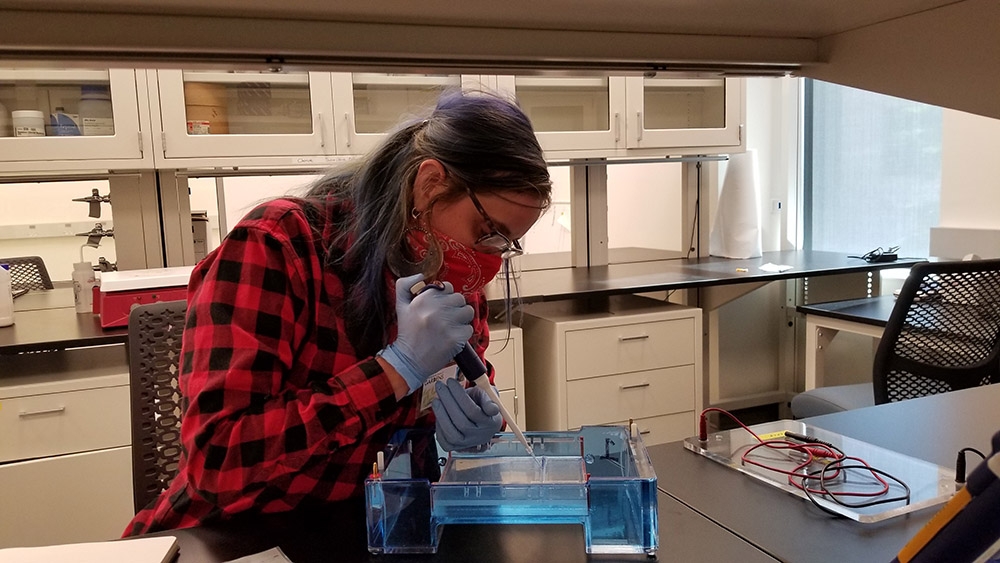
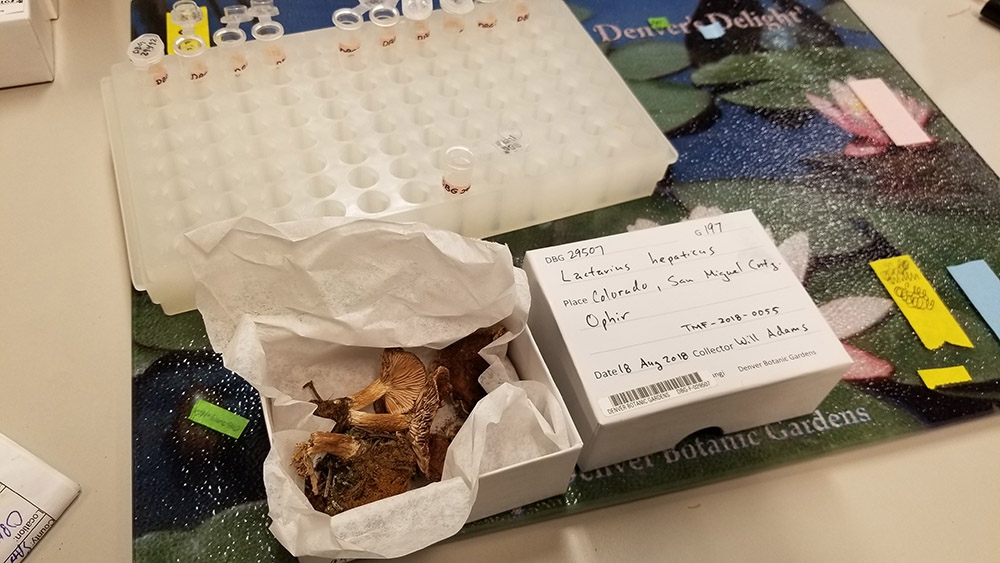
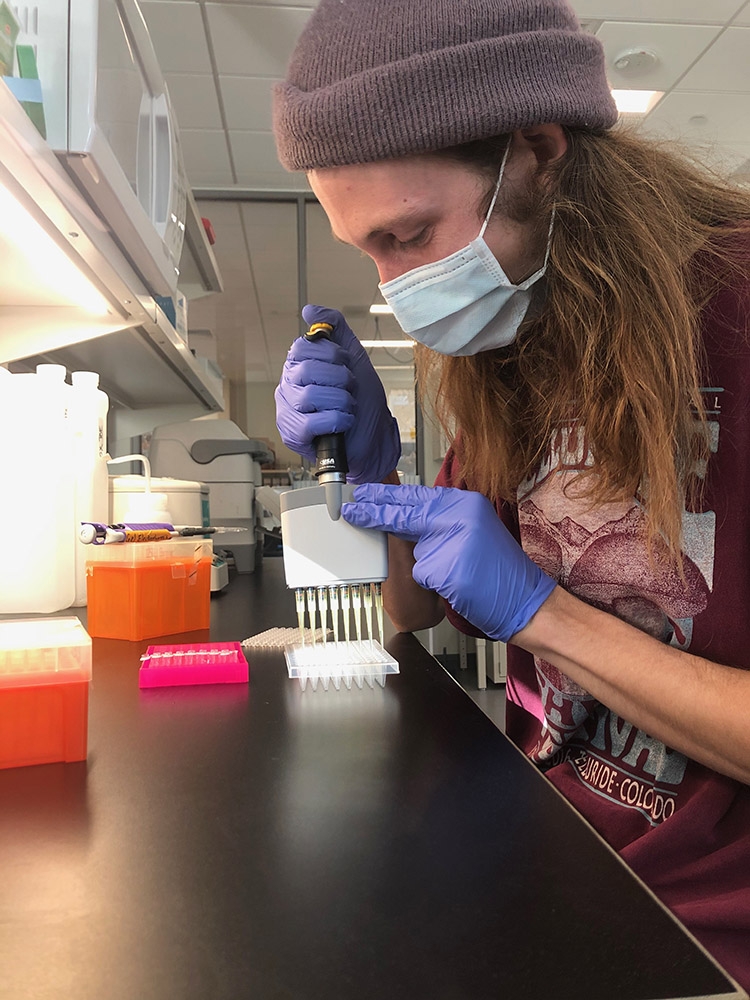
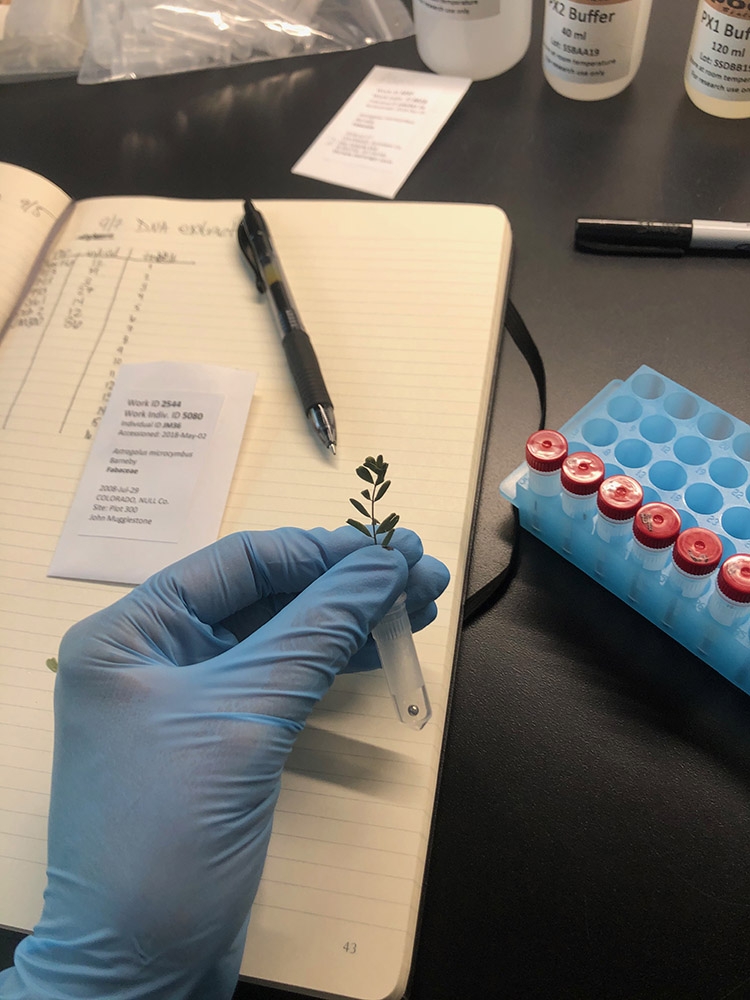
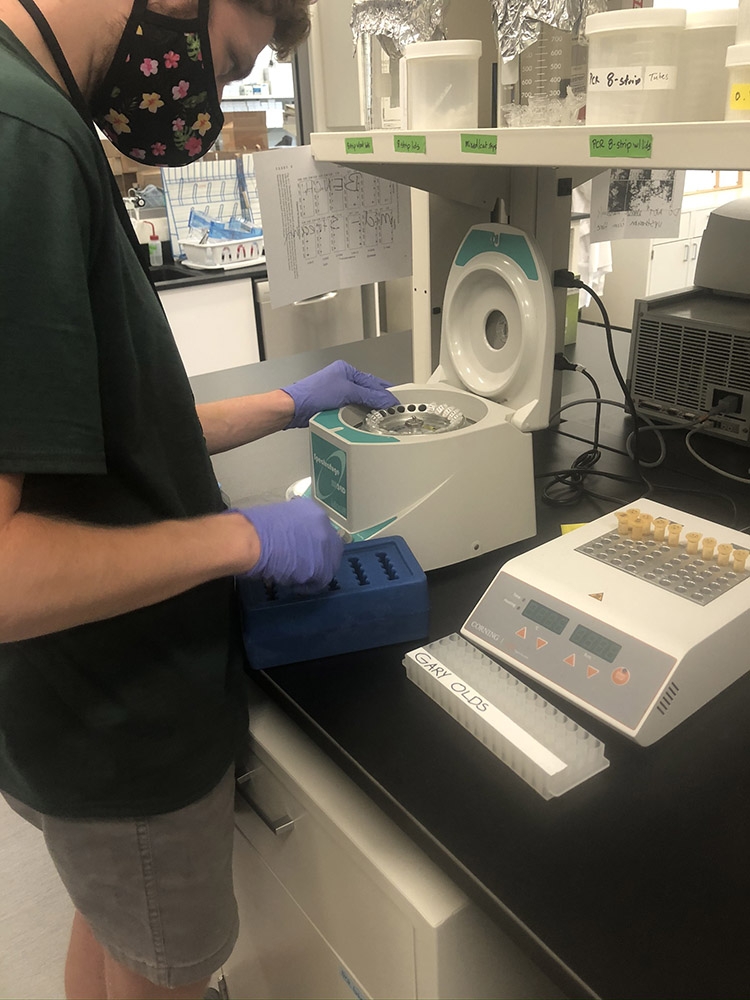
Add new comment